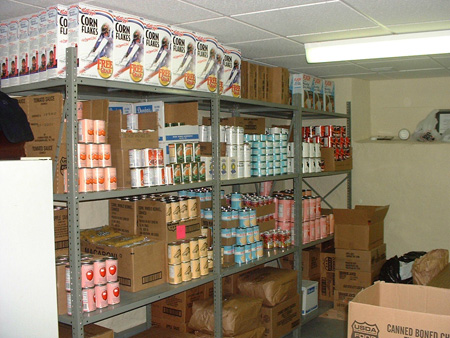
WHAT HAS SOLD OUT, WHAT DO WE NEED NEXT? A SUPPLY & DEMAND BALANCING ACT
The most fundamental role that inventory plays in supply chains is that of facilitating the balancing of demand and supply. To effectively manage the forward and reverse flows in the supply chain, firms have to deal with upstream supplier exchanges and downstream customer demands.
The above puts an organization in the position of trying to strike a balance between fulfilling the demands of customers, which is often difficult to forecast with precision or accuracy, and maintaining adequate supply of materials and goods. This balance is often achieved through inventory.
For many retailers, every “beep” of a cash register upon scanning of an item’s bar code during checkout triggers a series of messages that another unit of inventory has been sold.
This information is not only tracked by the retailer but is also shared with upstream vendors. As items are depleted from inventory, in some cases, both the retailer and vendor work collaboratively to determine when reordering is necessary to replenish the depleted inventory, especially at the distribution center level.
The above is a depiction of a balancing of supply and demand because demand information is tracked to determine when to best place replenishment orders based on the time required to get the inventory to the store location. In essence, inventory decisions are used to effectively time when supply inflows are needed to handle demand outflows.
Our training program in INVENTORY & SUPPLIES MANAGEMENT is designed to

bring you the right mixture of competence to usher you into the sphere of Supply Chain Management.
https://www.kenvisiontechniks.com/kenwp/event/supply-inventory-management-certificate-course/
